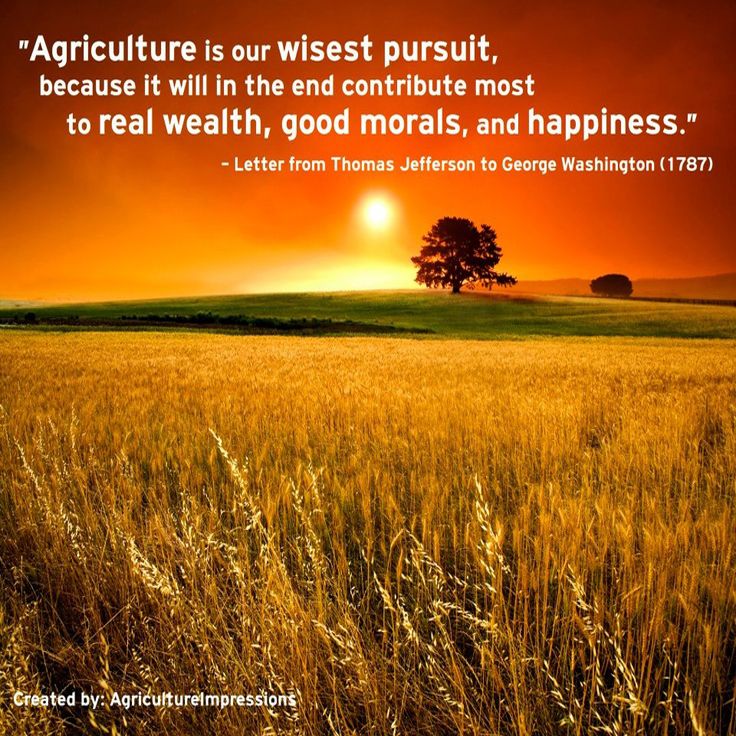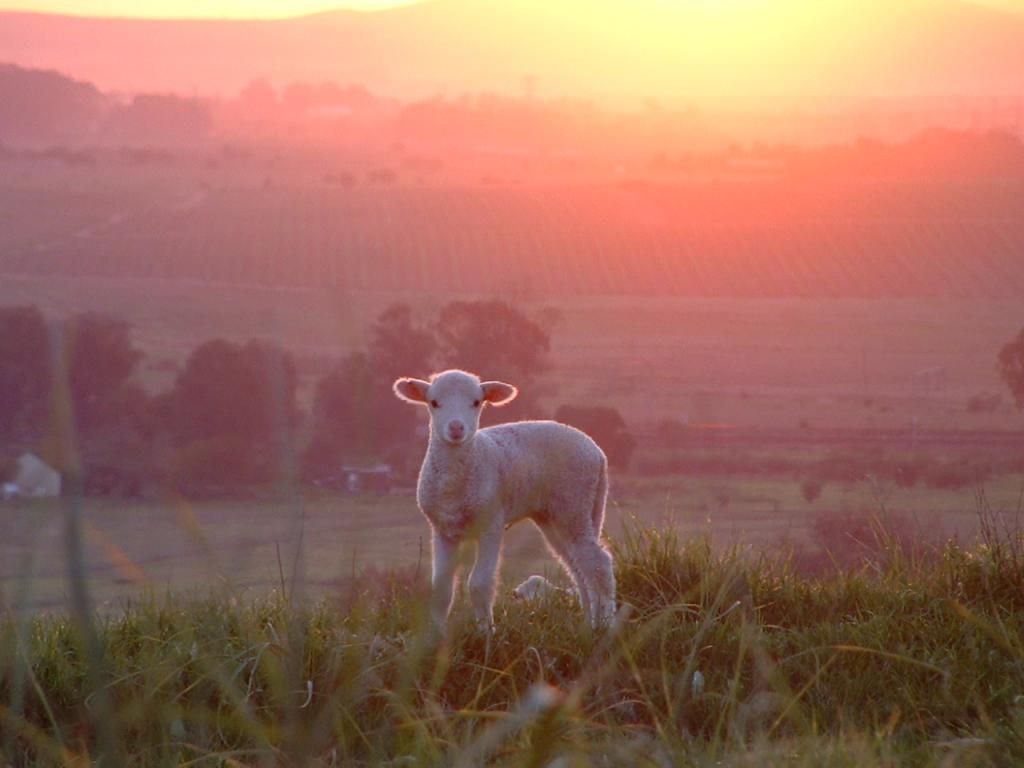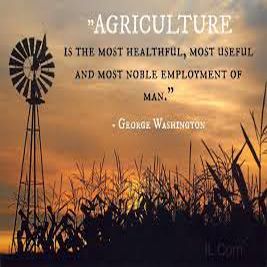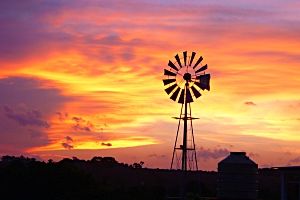Whole maize is an excellent proposition
as winter grazing for the sheep and cattle farmer. Weaner lambs can be raised on maize,
currently with good economic benefits; Use #maize for grazing as a “low cost feedlot”.
It
can also be utilized successfully for over-wintering of ewes with lambs. Maize fills the winter gap effectively in a
fodder flow from autumn until the first spring rains and can be used on its own
or in combination with other winter pastures or crop residues or even saved for
bridging the difficult August-September period.
It is a low risk, high potential winter
pasture produced with summer rain and kept until winter as forage. It is thus
not, as in the case of winter grains, dependent on unreliable autumn
rains. Prior to winter a relative
reliable estimate can be made of the amount of fodder available. In case of
high grain yields, some rows can even be reaped for grain production; the crop
residues of the reaped areas can also contribute to the feed available on the land.
#Cultivation of maize for grazing:
The carrying capacity of maize is determined
to a large extent by the grain yield; therefor maize for grazing should be
cultivated similar to maize as a cash crop, i.e. a suitable cultivar for the
area producing a high grain yield. Normally the cultivar suited for grain and silage
production in an area will also be good for grazing. Weed control may be less
to lower cultivation cost, because especially grassy weeds are good grazing.
$Grazing period:
Maize can be grazed from the first frost
up to the first spring rains, roughly taken as ±100 days. Some farmers prefer
to start grazing it earlier, when the maize are still a bit green and sheep will
take in more leafy material and less grain and adapt more easily. As the season
proceeds, dry material losses will be unavoidable and maize in the latter part
of the grazing season will inevitably be of lower quality than those grazed
earlier in the season.
#Adaptation of sheep prior to grazing:
Acidosis (suurpens) because of the high
energy content of maize, is a real threat, but proper adaptation of animals
prior to grazing combined with buffers in the lick, can successfully control it.
A method that is effective is to give sheep each day an increasing amount of
whole maize supplementation (or even maize cobs) on veld or whatever pasture
they are utilizing at that moment
Some farmers prefer to start grazing
maize immediately with restricted grazing periods that increases every following
day. Supervision is of the utmost importance. Ensure that internal parasites
are under control and inoculate against pulpy kidney.
Grazing of the whole maize plant:
Weaner
lambs:
 Inoculate against pulpy kidney and
adapt as above.
Inoculate against pulpy kidney and
adapt as above.
Ewes
with lambs:
Lambs should be at least three weeks of
age when grazing commences, to ensure that they are strong enough and do not
get separated from their mothers. Lambs will gradually, as they start grazing,
adapt on the high energy diet and should not be susceptible to acidosis. They
will also benefit from the good milk production of their dams on the maize.
The one serious shortcoming of grazing maize
is an insufficient protein-content for producing sheep, which should be
rectified with a protein lick or a protein-rich companion crop like Japanese radish.
Protein supplementation in a lick is very effective and eliminates a lot of practical
problems. Ensure enough lick trough space, enough lick intake and supply fresh
lick often.
Graze restricted areas at a time to
reduce selective grazing habits and tramplng losses. If not, sheep will at first select a high
quality diet that will become poorer with time, and with it animal performance
will decline. Temporarily or electric fences may be used to divide in smaller
areas. Move to the next camp when the area is well utilized but ± 20% grain is
still available. Non-producing animals, like old ewes can be used as scavengers.
 Growth:
Growth:
Pre-weaning growth of lambs should be
180 - 250g per day, with lactating ewes
50-100g/day and weaner lambs between
180-200g/per day and even more.













